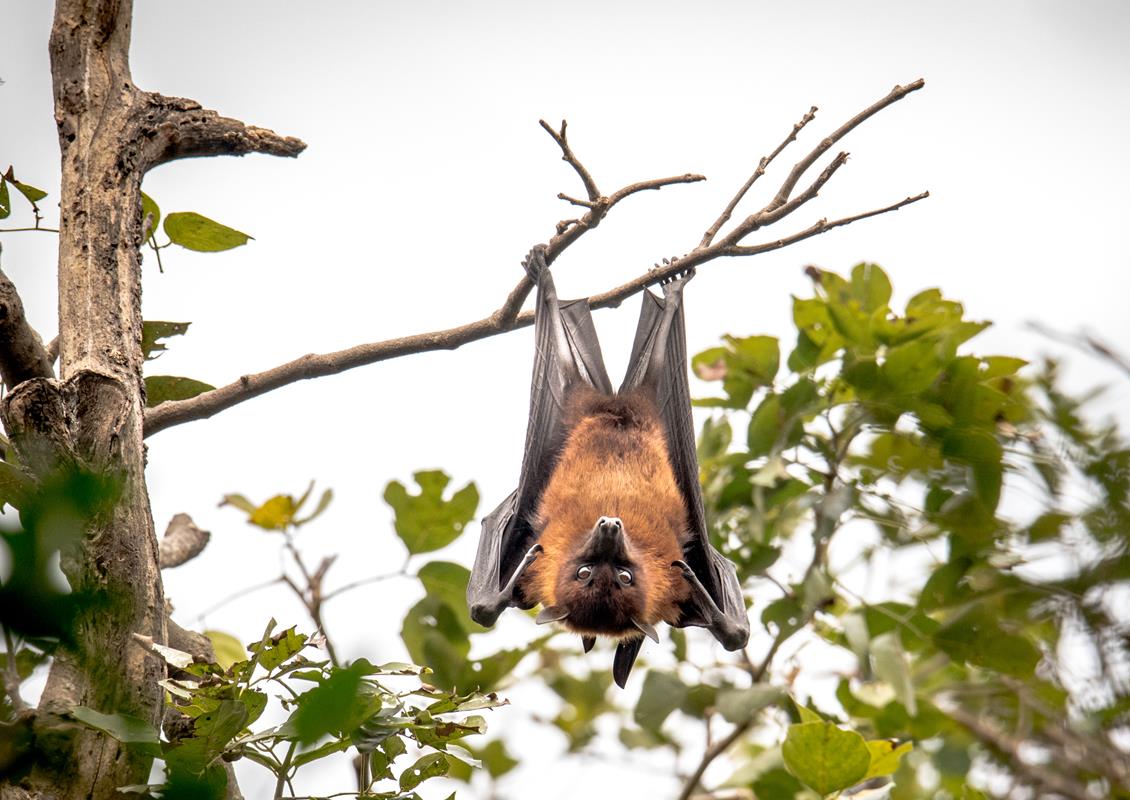
The word nature is derived from the Latin word ‘natura’, literally meant ‘birth’. The concept of nature as a whole, the physical universe. But nature is also a silent teacher, friend, philosopher and guide. No wonder our ancestors used to look up to nature to understand about life itself. Our ancient scriptures are filled with hymns devoted to nature, as we treated nature as God in many instances. The Sun, Moon, Trees, Rivers, etc. all were treated as Divine creatures.
My tryst with nature adventure began with a trip to Kedarnath in 1995 along with my father during my teens. The first visit to the Himalayas gave me a wonderful window to catch a glimpse of the mountain life. It was breathless & speechless! So began a hidden bond with nature & this translated into frequent treks to the hills, deserts, forests and many other wonders. I tried to capture these magic moments through my lens as well as my travelogue diaries.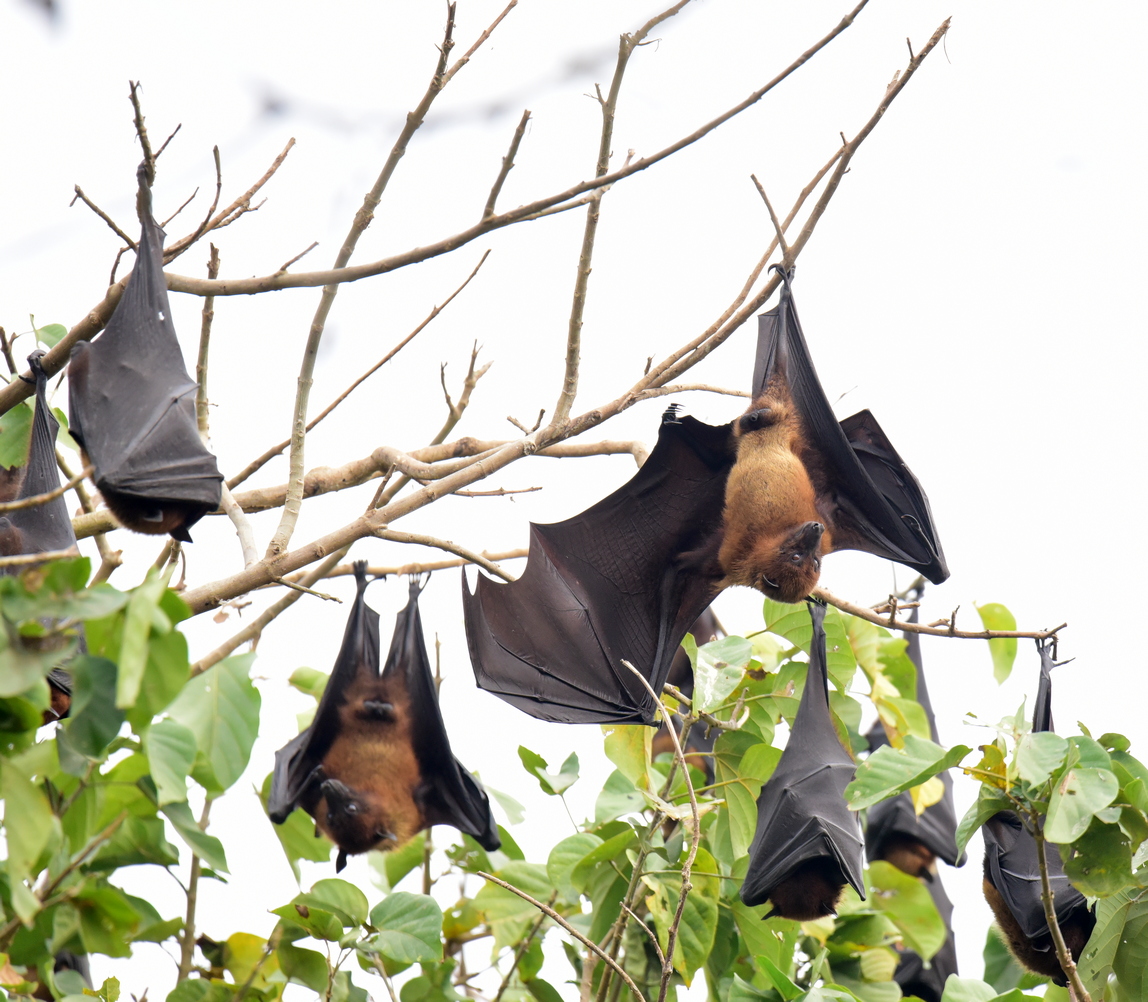
Nowadays due to rat race in day-to-day living, human beings are alienated from nature. In the name of social & technological advancement, began a gradual and endless exploitation of Mother Nature. Before we could realize, our relationship with this planet changed for the worse. As a result, Nature is now striking back. Through frequent natural disasters like those witnessed in Kedarnath, Fukushima or Tsunamis, nature is giving us an alarm that we are pushing the earth to a terrible vortex of destruction. Mankind is standing helpless amidst nature’s fury.
Recently the outbreak of Corona virus pandemic almost stopped the mankind. Whether it came from a bat or a pangolin is not certain, but one thing is: the coronavirus outbreak comes from the animal world. It is human activity that enabled the virus to jump to people, and specialists are warning that if nothing changes, many other pandemics of this nature will follow.
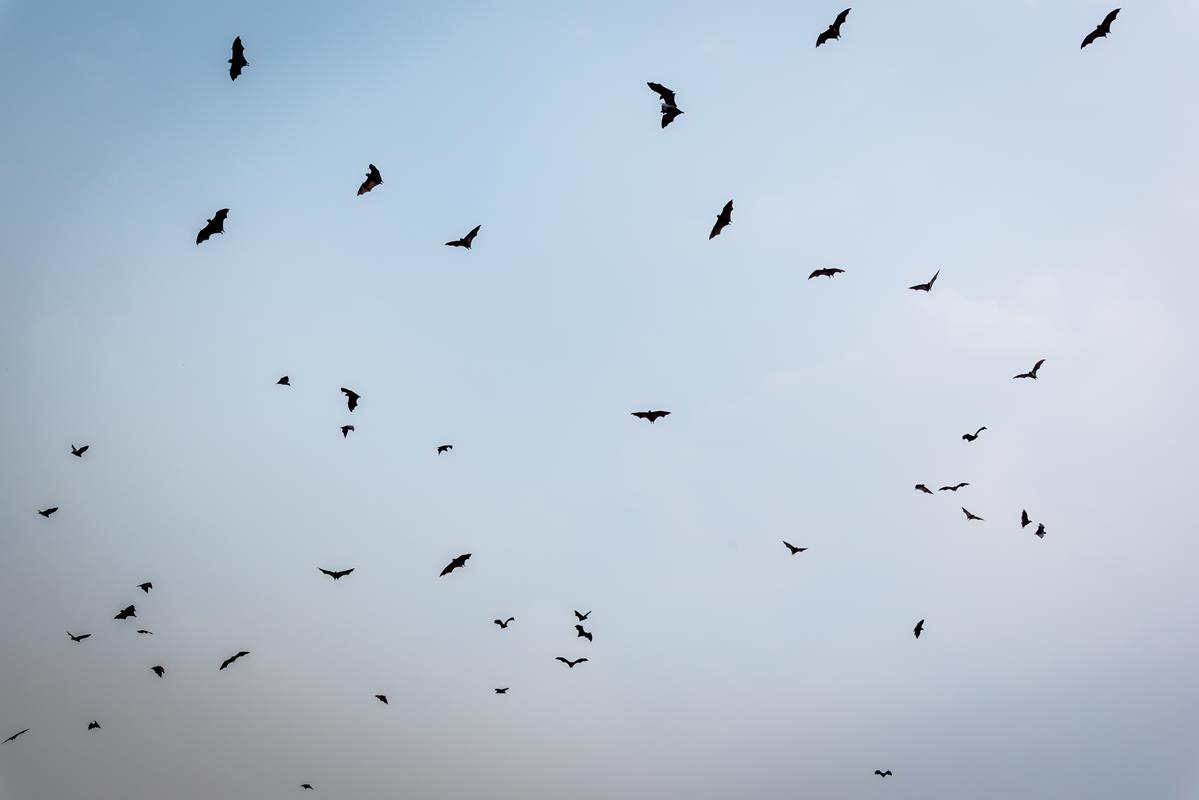
The name given to diseases transmitted from animals to humans is “zoonoses”, based on the Greek words for “animal” and “sickness”. They are not new — tuberculosis, rabies, toxoplasmosis, malaria, to name just a few, are all zoonoses. According to the UN Environment Programme (UNEP), 60% of human infectious diseases originate from animals. This figure climbs to 75% for “emerging” diseases such as Ebola, HIV, avian flu, Zika, or SARS, another type of coronavirus. The list goes on.
“The emergence of zoonotic diseases is often associated with environmental changes or ecological disturbances, such as agricultural intensification and human settlement, or encroachments into forests and other habitats,” says UNEP report.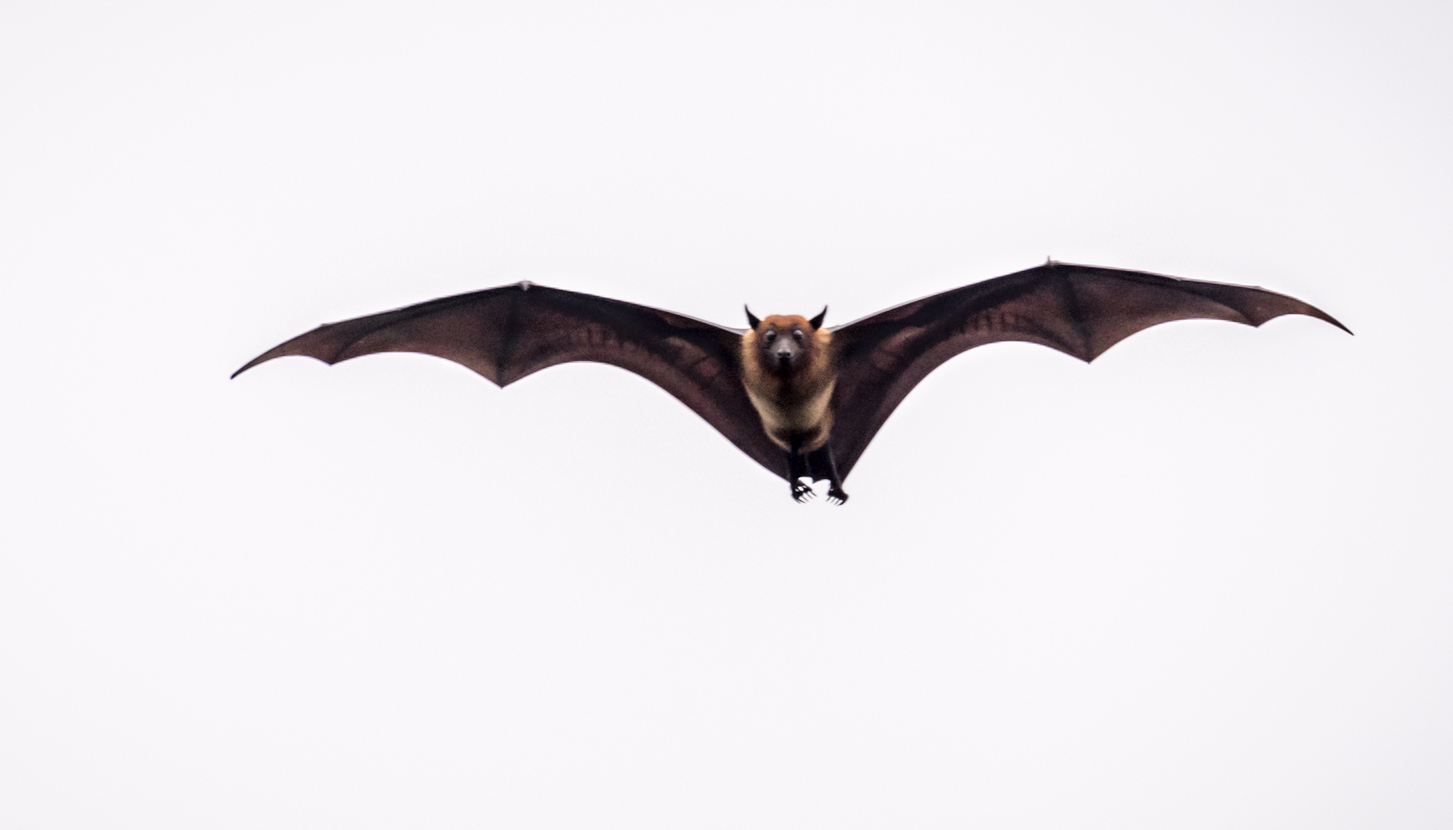
“Changes in the environment are usually the result of human activities,” it adds.
Gwenael Vourc’h of INRAE, a French public research institute, also blames human activity for the crossover between species.“Given the growth of the human population and its ever more intense use of planetary resources, the destruction of more and more ecosystems multiplies contacts,” she says.
A key area of concern is deforestation to make way for agriculture and intensive livestock farming. Urbanisation and habitat fragmentation are also highly disruptive of the balance between species, while global warming can push disease-carrying animals into new territory.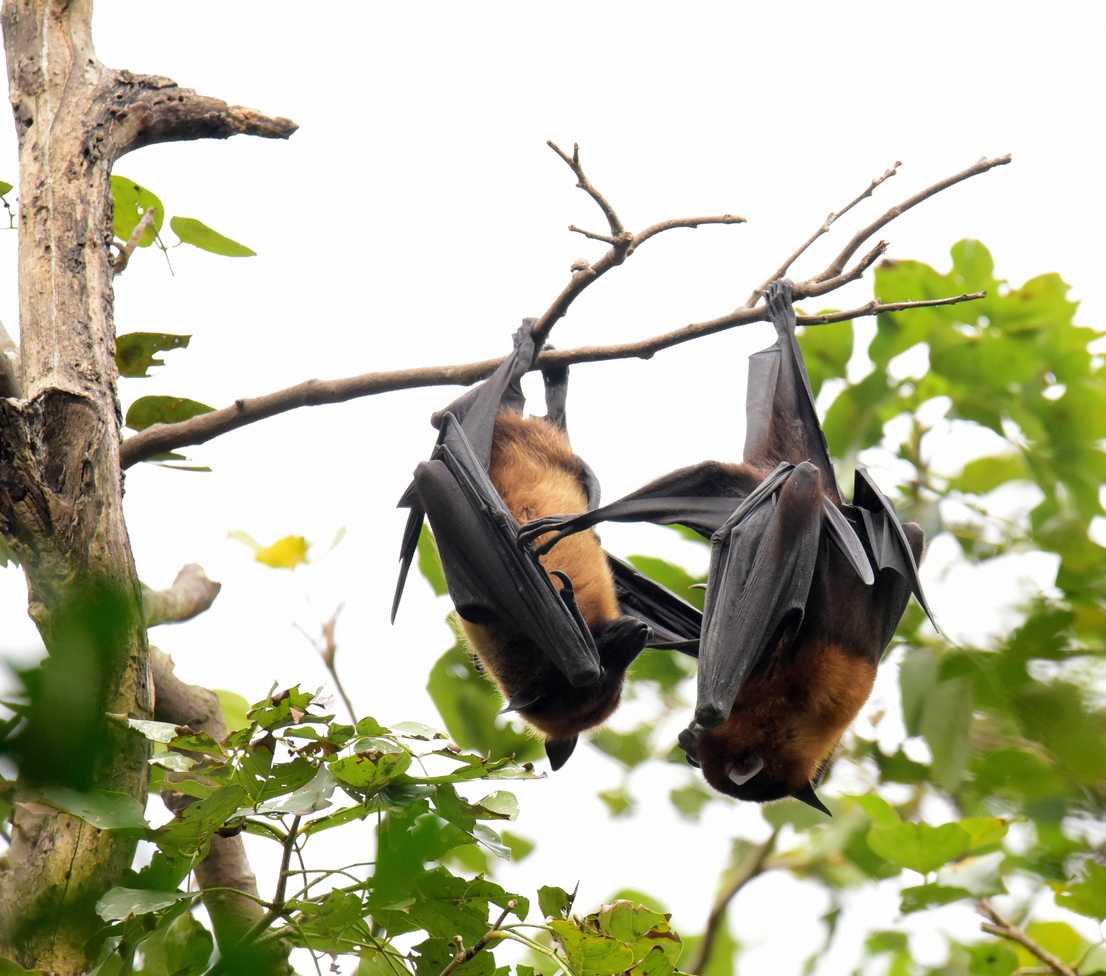
Scientists think it originated in bats and could have been passed on via another mammal like a pangolin, an endangered species whose meat and scales are highly prized in parts of Asia. But researchers have yet to come up with a definitive answer on how it migrated to people. The only sure thing is that human activity facilitated the jump. People, through their actions, create opportunities for the microbes to come closer to human populations. The rate of global change in nature during the past 50 years is unprecedented in human history, and the most important direct driver of change in nature is land use change.”
Beyond the current outbreak of coronavirus, IPBES estimates that zoonoses kill some 700,000 people a year. A study by American researchers published last week and completed before the new coronavirus outbreak identifies rodents, primates and bats as hosts of three-quarters of viruses transmitted to humans. But domestic animals also carry about 50% of the zoonoses identified.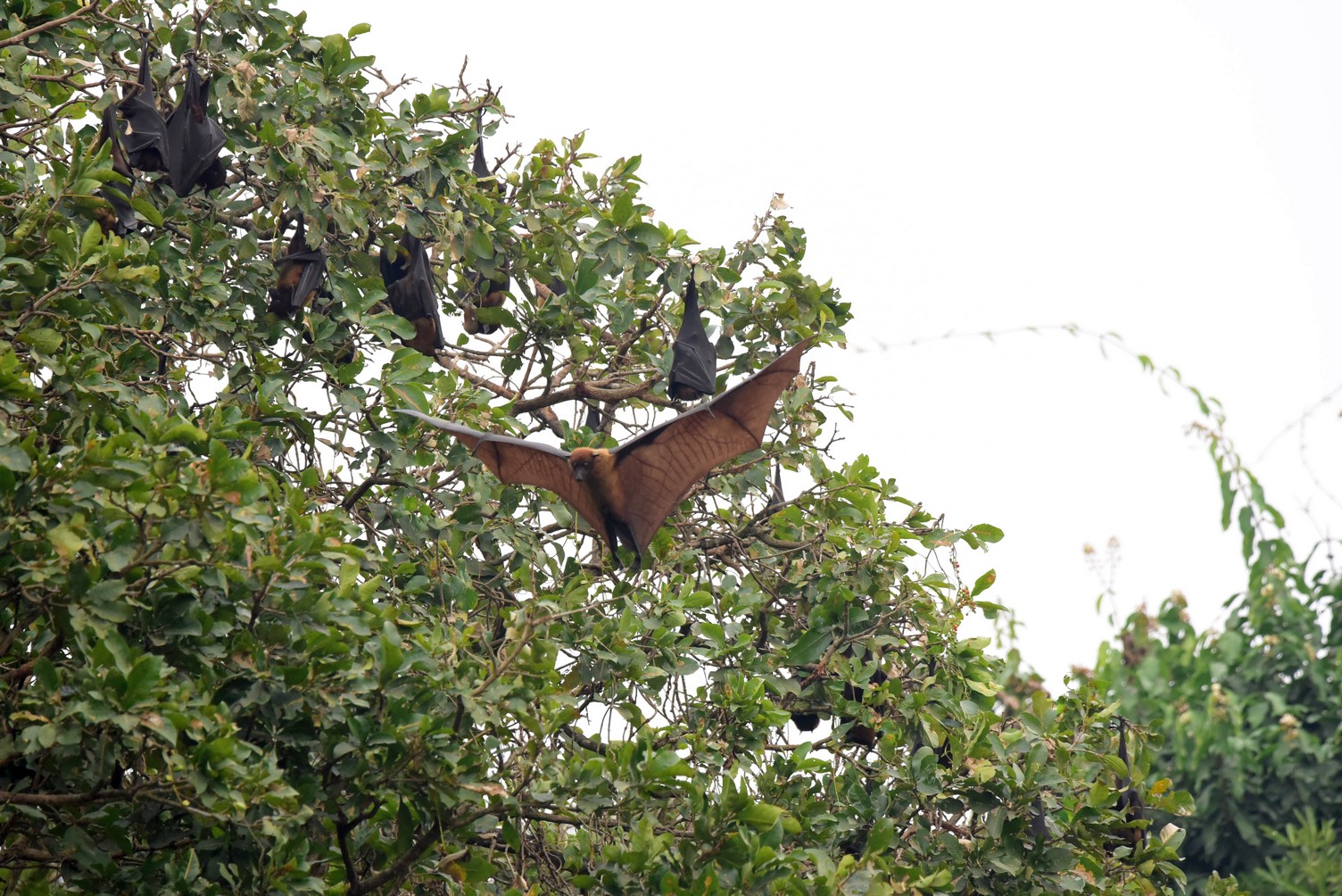
In terms of endangered wildlife, a recent study shows that those who share the most viruses with humans are precisely “populations declining due to exploitation and loss of habitat”. Christine Johnson, of the University of California veterinary school, who led the study, blames the human urge to “alter the landscape and this also increases the frequency and intensity of contact between humans and wildlife — creating the perfect conditions for virus spillover,” she says.
It is our disregard for nature and our disrespect of the animals we should share the planet with that has caused this pandemic. Mankind is standing helpless amidst nature’s fury. As a nature photographer my humble request to all …Not anymore! Come, let us bring back our green fertile lively planet. Let our children grow up in fresher air, with the chirping of birds and the sweet smell of flowers. This coronavirus outbreak may just be the tip of the iceberg. Otherwise many more waiting on the way. It depends on us. So please “SAVE NATURE AND SAVE US”. Please…